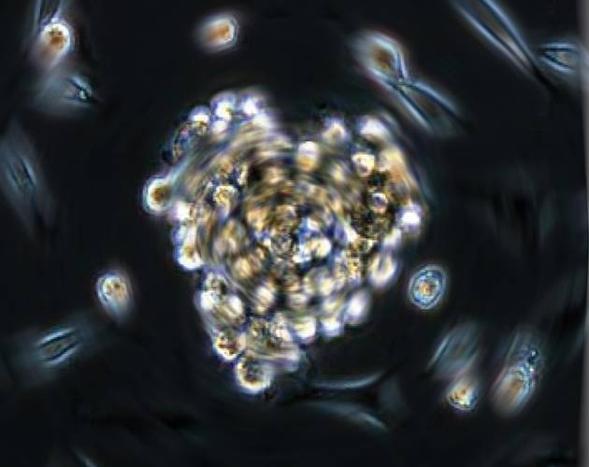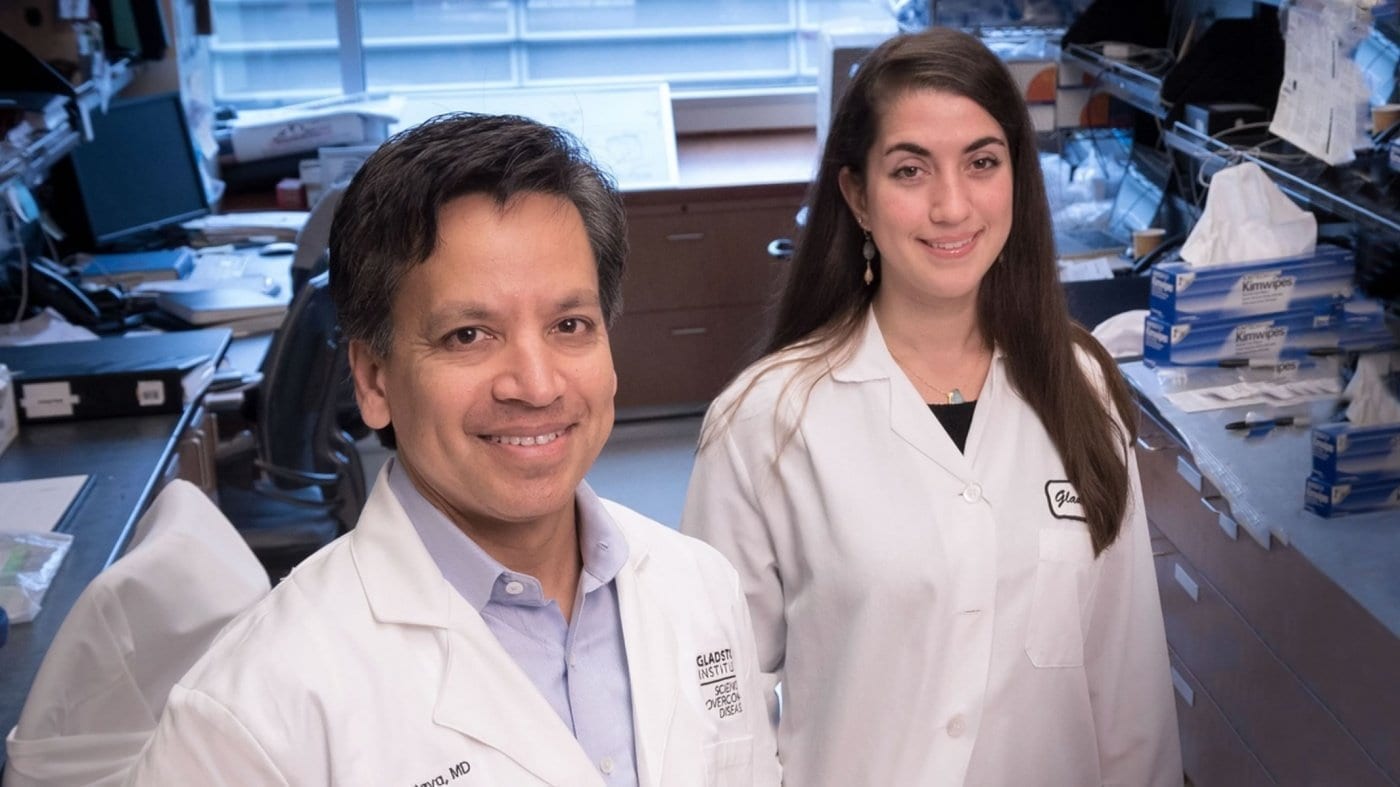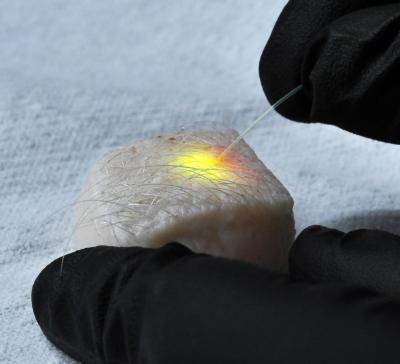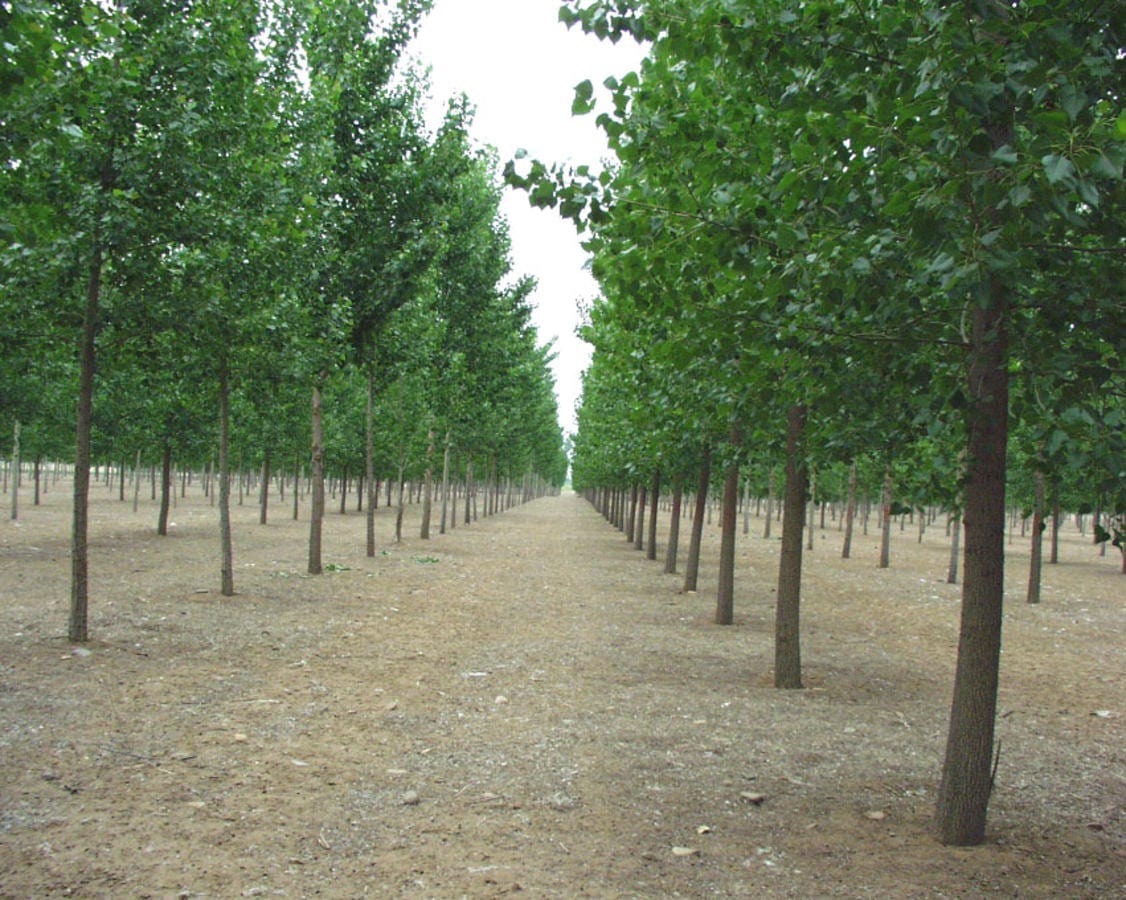
SDSU heart researchers mash up the incredible proliferating and survival powers of cancer cells with broken-down cardiac cells to rejuvenate the heart
In a way, trying to repair age-related heart damage and trying to fight cancer are opposite problems. Your heart cells’ ability to regenerate themselves and proliferate into new, young cells degrades as you get older. They simply lose their proficiency at cell division. Cancer cells, on the other hand, are too good at proliferating. They don’t know when to stop, and the overgrowth results in tumors.
This is all very simplified, of course, but it’s the basic model described by Mark Sussman, chief research scientist at the San Diego State University Heart Institute, who was recently selected by the American Heart Association’s Basic Cardiovascular Science division to receive this year’s Distinguished Achievement Award.
The heart in particular seems to be resistant to developing cancerous cells.
“When’s the last time you heard of anyone having heart cancer? It’s almost unheard of,” said Sussman.
That’s not surprising from an evolutionary standpoint. If heart cells make a grave transcription error during cell division and your ticker ticks its last tock, there’s no fixing the problem. So it makes sense that heart cells are incredibly careful when it comes to proliferating.
The razor’s edge
But it’s this very meticulousness that makes heart disease such an intractable problem, Sussman explained. Over time, the cells burn themselves out. Their ability to repair themselves and generate fresh replacements gets progressively worse. By the time you reach old age and start experiencing symptoms of age-related heart disease, your cardiac cells are running on fumes and aren’t able to properly divide into new cells.
“There’s a razor’s edge balancing cellular aging and cancer risk,” he said.
What if you could use biotechnology to walk that razor’s edge? To use the proliferative and survival properties of cancer-prone cells to rejuvenate cardiac progenitor cells — a rare type of stem cell that replicates indefinitely into new heart cells—and get them dividing again, without forming tumors?
That’s the aim of one arm of Sussman’s research at SDSU. Sussman and his colleagues published a paper in the May 29 issue of the Journal of Biological Chemistry exploring the results of taking an enzyme, Pim, known to be associated with growth and survival of certain types of cancer cells, and causing it to be overexpressed in cardiac progenitor cells in mice.
In healthy cells, Pim helps facilitate chromosome splitting, a key part of the cellular division process.
The gene that encodes the production of this enzyme, PIM1, is what’s known as a proto-oncogene. That means that by itself, the gene doesn’t cause cancer. But when it teams up with another gene, Myc, tumors are likely to form.
Fortunately, the Pim/Myc combination isn’t an issue in heart progenitor cells, meaning you could tweak those cells to overexpress the PIM1 gene without raising the risk of cancer.
Protecting against aging
That’s exactly what Sussman’s team did. They modified mouse heart progenitor cells to overexpress PIM1 in specific locations within the cell, targeting specific locations with more of the critical Pim enzyme in hopes that it would protect against aging-related heart disease.
And it worked.
Read more: Can We Restart the Heart?
The Latest on: Rejuvenate cardiac progenitor cells
[google_news title=”” keyword=”rejuvenate cardiac progenitor cells” num_posts=”10″ blurb_length=”0″ show_thumb=”left”]
via Google News
The Latest on: Rejuvenate cardiac progenitor cells
- Glycoengineered stem cells enhance brain recovery after cardiac arrest, study findson May 2, 2024 at 1:25 pm
Researchers at the University of Maryland School of Medicine have identified an innovation in stem cell therapy to regenerate neural cells in the brain after cardiac arrest in an animal model.
- Using stem cell-derived heart muscle cells to advance heart regenerative therapyon April 26, 2024 at 6:01 am
Heart attacks typically kill millions of cardiac muscle cells, leaving the heart in a weakened state. Since mammals cannot regenerate cardiac muscle cells on their own, heart transplants are ...
- Stem Cells in Cardiac Repairon April 23, 2024 at 5:00 pm
A population of resident cardiac stem cells, known as cardiogenic progenitor cells (CPCs), has been identified in the heart. At the present time, it is not known whether the CPCs actually home ...
- Stem Cells in Cardiac Repairon April 18, 2024 at 5:00 pm
Consequently, investigators have sought to differentiate hESCs toward cardiac progenitor cells prior to transplanting these cells into hearts.
- Heart in the Cell: Rebirthon April 6, 2024 at 3:31 pm
All the Latest Game Footage and Images from Heart in the Cell: Rebirth “Heart in the Cell: Rebirth” is a real-time strategy (RTS) game which integrates the UI itself into the combat system.
- Nerve cells not entirely “young at heart”on April 4, 2024 at 11:01 am
Hetzer is fascinated by the biological puzzles surrounding the aging processes in organs like the brain, heart, and pancreas ... using neuronal progenitor cells—stem cells with the capacity ...
- Progenitor Cells News and Researchon March 20, 2024 at 5:00 pm
PAH, characterized by elevated blood pressure in the arteries connecting the heart ... found cells in skin and connective tissue -; into cells with similar properties to limb progenitor cells.
- Cardiac stem cells: isolation, expansion and experimental use for myocardial regenerationon February 3, 2024 at 5:12 am
Cellular cardiomyoplasty (myogenic cell grafting) is actively being explored as a novel method to regenerate ... committed cardiac stem cells or multipotent cardiac progenitor cells, identified ...
- Ross Poché Labon December 18, 2020 at 3:49 am
One of my lab's long-term goals is to elucidate the transcriptional and epigenetic mechanisms regulating retinal progenitor cell proliferation and differentiation ... by activating the retina’s ...
- Multipotent embryonic cardiac progenitor cells implicated in cardiogenesison April 28, 2019 at 4:45 pm
The authors conclude that clonally derived heart progenitor cells have potential for therapeutic use in the regeneration of damaged heart tissues, as these cells offer the possibility of matching ...
via Bing News










